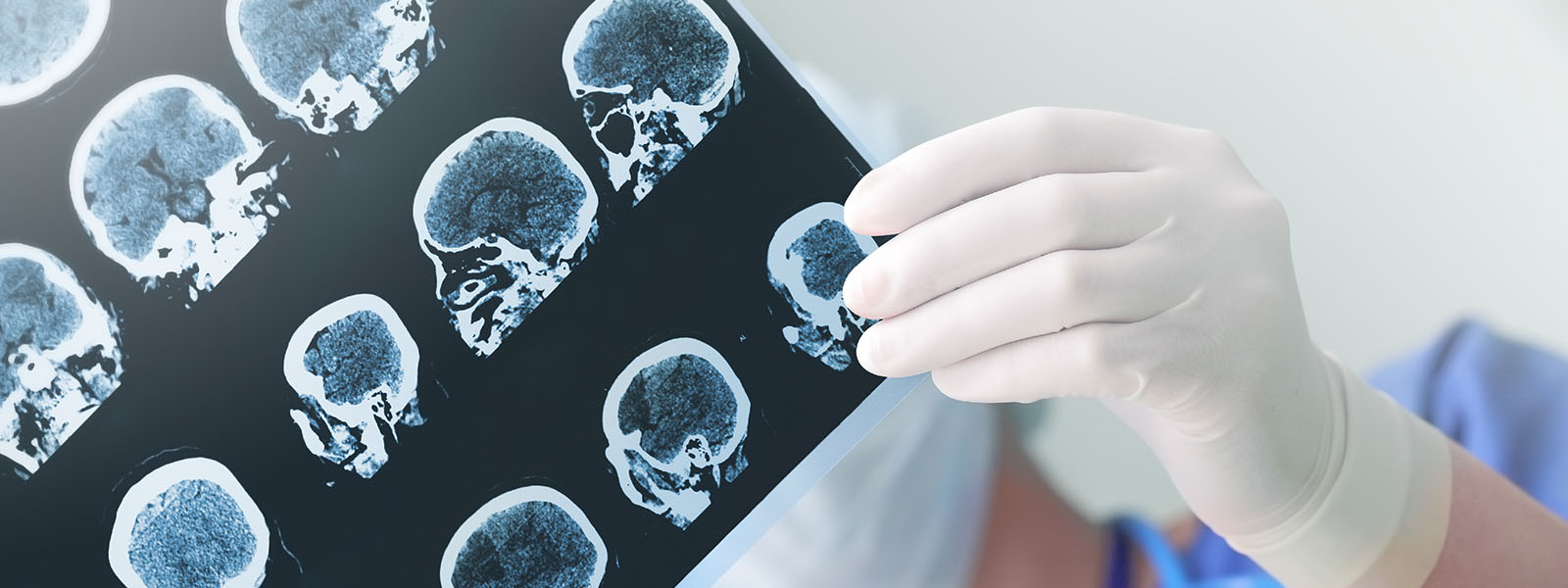Medication errors can be damaging or even deadly. Nurses are expected to know how to administer medication and provide the proper dosage as prescribed by a doctor. Yet, the causes of medication errors in nursing practices are numerous.
How common are medication errors in nursing? One study indicated that the median error rate falls between 8% to 25% during medication administration. This occurs when a nurse makes a medical mistake that violates the applicable standard of care.
These forms of medical error can cause serious damage or even result in the loss of a loved one. When this happens, you deserve compensation. At McEldrew Purtell, our medical malpractice attorneys know that medication errors in nursing are both common and devastating. We are here to help you seek the financial compensation you deserve.
Causes of Common Medication Errors in Nursing
Why do medication errors occur in nursing? There are many reasons, but some of the most common include:
- Medication errors due to nursing shortage
- Lack of knowledge by the nursing staff
- Nurses giving drugs to the wrong patient
- Distracted nurses dealing with multiple patients
- Misreading a drug label and administering the wrong medication
- Incomplete patient information
- Systemic problems in the medical facility that fails to reduce the risk of medication errors
- Memory lapses by nursing staff
- Failure to account for patient allergies
- Lack of systematic reviews to reduce the occurrence of medication errors
- Exhausted and overworked nursing staff
Any of these causes or countless others could be why a nursing medication error harmed you. You may be owed significant compensation for what you have been through.
The 5 Most Common Types of Medication Errors in Nursing
While nearly any type of medication error could occur, the following are some of the most common in the nursing profession:
Wrong Dose
Giving the wrong dose to a patient is one of the most common errors by nurses. A doctor considers a lot of information and training when prescribing a specific dose, and the nurse must prescribe the right amount of the drug. A common saying is “the dose makes the poison.” This simple quote means that the wrong dose of the right medication can have disastrous or even deadly consequences for the patient.
Nurses should be trained to read doctor instructions and double-check for potential errors. They should also ensure they give an appropriate medication dose when administering them to patients.
Wrong Medication
When a nurse gives the wrong medication to a patient, severe damage can result. However, medication is meant to alleviate or eradicate a medical concern, and failure to get that medication could significantly injure the patient.
Prescribing the wrong medication may also cause harm. Adverse drug events from incorrect medications can include allergic reactions, cardiovascular issues, strokes, and even death.
The wrong medication is one of the most common examples of medication errors in nursing, often because the nurse is tired or simply not paying attention. This type of medical malpractice could make the nurse and healthcare provider responsible for your harm.
Improper Timing
Improper timing of medication is another common error. Most medications are prescribed in a specific dosage and are to be administered after a set period of time. If a nurse administers the drug too soon or too late the medication may not work as intended. It may fail to fix the problem it was prescribed for or it could cause additional harm.
A typical example occurs in intensive care units with the administration of pain medication. Powerful drugs like morphine are administered at set intervals. Yet, administering morphine too early can cause a deadly overdose, severely impacting a patient and their family.
Failure to Account for Medication Allergies
Nurses are supposed to ask about and check for medication allergies with their patients. Failure to do so could be medical negligence. Medication allergies can cause severe reactions and patient harm. This includes the risk of anaphylactic reactions and other adverse drug effects that can impact a patient’s health.
Lack of Patient Education About Medication Use
Patient education is an integral part of preventing medication errors. Some drugs require little explanation. The dosage may be clear, and how to take it could be straightforward for a patient to understand. Even in these situations, the patient should be asked whether they understand how to take the medication and any risks associated with it.
For more complicated medications, the level of patient education must be higher. For example, a patient using insulin for the first time must understand how to administer it, when, and in what amounts. The patient must learn several aspects of self-care and self-administration of this new medication. If the nursing staff fails to check with the patient or educate them about their new medication, this could be medical malpractice.
Potential Damages and Compensation for Nursing Medication Errors
The causes of medication errors in nursing practice are numerous, but each may entitle you to financial compensation. Monetary damages help you recover financially and emotionally from a nurse’s medication errors. This compensation may include:
- Past and future medical costs
- Costs of rehabilitation services
- Costs of new medications as part of your treatment
- Lost income and lost earning capacity
- Pain and suffering
- Loss of consortium
- Loss of enjoyment of life
- Wrongful death damages
Errors by nurses are common in hospitals, nursing homes, and anywhere else a nurse works. When this happens to you, you could be entitled to financial compensation for the damages you incurred.
How To Seek Justice as a Victim of Nursing Medication Errors
Every year, countless patients are harmed because of nursing medication errors. When this happens to you, the reality is often difficult to bear. You likely suffered physically, emotionally, and financially due to a nurse’s negligence.
As a victim, you have rights to potential compensation to help you recover your health and your life. An experienced nursing malpractice attorney can help you investigate your case and pursue the monetary damages owed to you.
Let the dedicated medical malpractice lawyers at McEldrew Purtell help you with your case. We have recovered millions for our clients, and we want to help you win the compensation you deserve.
Contact us today for a consultation.









